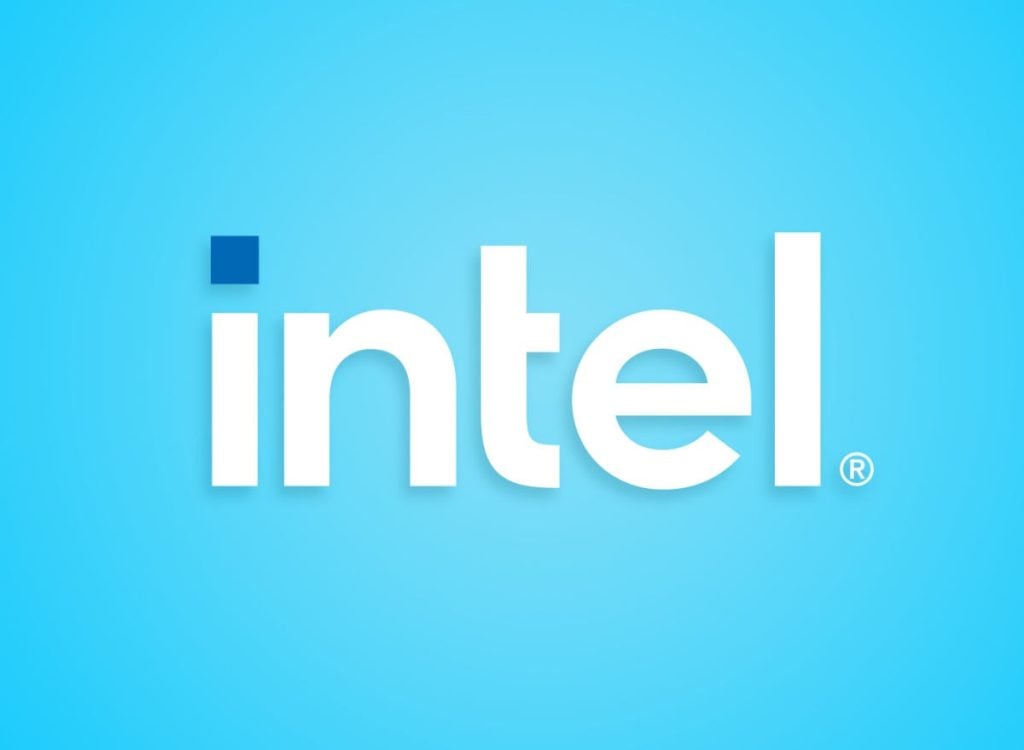As the chip packaging industry gets more advanced, so do the aspirations of Intel. The company aims to make a chip with a trillion transistors by 2030. The chips should double the number of transistors every year in accordance with Moore’s law, which Fairchild Semiconductor and Intel developed. But it got worse over time, and the rate of doubling transistors slowed down to three years.

Well, a big performance upgrade seems on the way for Intel chipsets, as Intel CEO Pat Glesinger confirms that Intel could surpass Moore Law’s pace by 2031. Instead, he talked about pushing the “Super Moore’s Law” concept or “Moore’s Law 2.0” for increased transistor counts. TSMC and Samsung Foundry are going to play an exceptional role in bringing Intel’s new chips built on a 2nm node. Even Qualcomm is switching to TSMC and Samsung Foundry.
Gelsinger said during his talk, “I think we’ve been declaring the death of Moore’s Law for about three to four decades.” And while that might be true, he did admit that “we’re no longer in the golden era of Moore’s Law, it’s much, much harder now, so we’re probably doubling effectively closer to every three years now, so we’ve definitely seen a slowing.”
Following the advancements, Intel could achieve the magic number of 1 trillion transistors on a chip by 2030. This is not the first time that some Intel officials have mentioned such a big development. Even Ann Kelleher, who is executive vice president and general manager at Interl’s Technology Development, revealed, “As Moore’s Law has been progressing, traditional scaling has been slowing down.”
There are a couple of different technologies that could help Intel achieve a trillion-dollar mark on a chip. The company aims to do advanced packaging and heterogeneous integration to pack more transistors into a chip. Additionally, the company plans to use the RibbonFET that Samsung uses for 3nm production. It covers all four sides, which reduces current leakage. There is another way via PowerVIA Power Delivery, which moves the power supply lines to the rear of the chip, improving performance.
However, the advancements would cost Intel a lot. Talking about the same, Gelsinger said, “Seven or eight years ago a modern fab would have cost about $10 billion,” he said. “Now, it costs about $20 billion, so you’ve seen a distinct change in the economics.”
Related:
- MSI Titan 18 HX To Launch At CES 2024 As The World’s First 4K 120Hz Mini LED Display
- Huawei Qingyun S520 launched with 12th Gen Intel P series processors, 14-inch display, and more
- Best iPhone 15 Pro cases for 2023: Dbrand, Spigen, RhinoShield & More
- Best Messaging Apps for Android in 2023
- Alldocube iWork GT 12: AMD 2-in-1 laptop, $100 off and free keyboard
- Get $100 OFF on Xiaomi 14 Pro at Giztop (1TB Variant)
(via)







